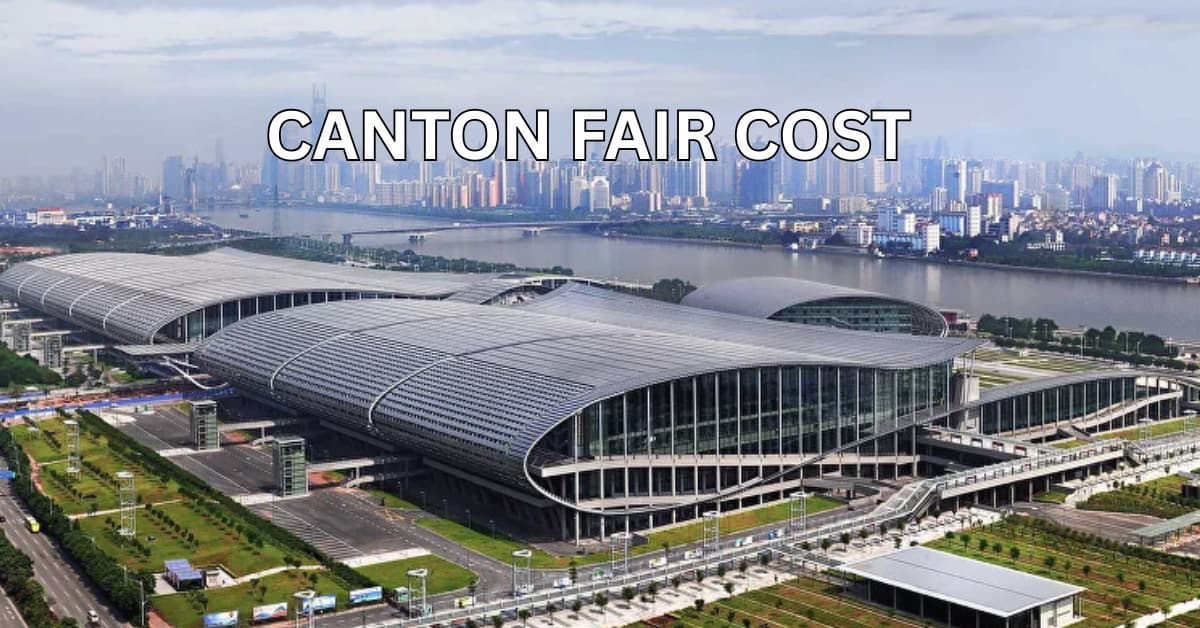Introduction
People often use shipping and logistics interchangeably; on the other hand, some others
believe they are the same thing or serve the same purpose.
However, the question is, are shipping and logistics the same?
To understand the concept and ascertain if there are differences, we must first
understand the meaning of both concepts.
WHAT IS SHIPPING
When it comes to shipping, for most people, the first idea that comes to mind is ships
and ocean freight.
However, shipping goes beyond the ocean and includes air, land, rail, and pipeline
shipping.
Shipping is the transfer or movement of goods from the point of origin to its destination.
It could be local shipping or international shipping.
TYPES OF SHIPPING
There are three significant types of shipping, which can also be referred to as modes of
shipping:
1. Air Shipping
2. Ocean Shipping
3. Land Shipping (which can further be divided into road and rail shipping)
Also, some people argue that we also have pipeline shipping as pipelines are also used
for the movement of liquid goods from the point of origin to the destination.
1. Air shipping: This involves the movement of goods from one location to
another using airplanes, also known as cargo planes. It is the quickest shipping
option, as goods can be delivered from one country to another within hours.
However, it is the most expensive mode of shipping.
2. Ocean shipping: This involves the movement of goods from one location to
another, with container ships specifically crafted for cargo movement. Though slower
than other modes of shipping, Ocean shipping, according to researchers, is 12 to 16
times cheaper than air shipping and is the cheapest mode of shipping. Ocean shipping
also offers a better carbon footprint than other modes of shipping, thereby making it
environmentally friendly as it is known as the greenest mode of shipping.
Environmental researchers argue that aircraft pollute the environment about 20 to 30
times more than ships.
3. Land shipping: It has been argued that land shipping is the oldest form of
shipping because, centuries ago, goods were moved from one location to another on
land with the help of animals like horses, donkeys, and camels. Modern land shipping
can be divided into road shipping and rail shipping. When it comes to road shipping,
automobiles like trucks, vans, and cars are used, and when it comes to rail shipping,
cargo trains are used. Distance can limit the effectiveness of road shipping, as shipping
from one country to another via land can be difficult.
4. Pipeline shipping entails the movement of liquid goods like crude oil, refined
oil, and even water from one location to another.
WHAT IS LOGISTICS
Firstly, it is essential to understand that logistics consists of several smaller areas of
specialization, one of which is shipping itself. Other aspects of logistics include material
handling, warehousing, and packaging, etc.
Logistics refers to managing how resources are acquired, stored, and transported to
their destination. It involves integrating and managing these smaller areas to reduce
costs and improve overall business operations.
TYPES OF LOGISTICS
There are different types of logistics that one needs to be familiar with, and that will be
examined here.
1. Inbound Logistics: This executes strategic organizational tasks for working
upstream. It involves the way that materials and other goods are brought into a
company. It includes the processes of ordering, receiving, storing, transporting
and managing supplies. Inbound logistics focuses on supply of the supply-
demand equation. The job of inbound logistics is to transfer crude or raw
materials to the correct departments or manufacturers for further processing.
2. Outbound Logistics: This is also known as the process of order fulfilment. It
focuses on the demand side of the supply-demand equation. The process involves
storing and moving goods to the consumers or end users, and in the process, you have
order fulfilment, packing, shipping, delivery and customer service related to delivery.
Outbound logistics services allow businesses to ship and deliver products from
warehouse storage to the customer’s doorstep.
3. Reverse Logistics: This involves the movement of goods from the end users
back to the suppliers or manufacturers. Reverse logistics is needed to replace or return
products for refurbishment, exchange, disposal or recycling.
4. Third-Party Logistics (3PL): Party logistics is all about outsourcing
operational logistics to a third-party logistics company that handles everything from
inventory management to product delivery. This enables business owners to focus on
their business while the order fulfillment operations are handled smoothly by a third-
party logistics provider. A 3PL specialist company provides a range of services, which
include: transportation, warehousing, inventory management, packaging, freight
forwarding, and reverse logistics.
5. Fourth Party Logistics (4PL): Fourth Party Logistics, also known as 4PL, is
an operational model in which a business outsources its entire supply chain
management and logistics to one external service provider. Unlike a third-party logistic
(3PL) provider, which oversees part of the supply chain operations for a business, a 4PL
provider is usually the single point of contact for supply chain management. This
provider is responsible for managing resources, technology and infrastructure and
providing strategic insights and management.
WHAT ARE THE DIFFERENCES BETWEEN SHIPPING AND LOGISTICS?
1. Scope: Shipping focuses primarily on the physical movement of goods. On the
other hand, logistics involves a more comprehensive approach that includes
planning, coordination, and optimization of various processes beyond
transportation.
2. Scale: Logistics operates on a larger scale, encompassing multiple aspects of
supply chain management and various industries. Shipping is a subset of logistics,
representing the final stage where goods are physically transported.
3. Function: Shipping ensures that goods reach their destination using various
transportation modes. Logistics manages the entire process, from sourcing materials to
delivering finished products, focusing on minimizing costs and improving efficiency.
In essence, while shipping is an integral part of the logistics process, logistics involves a
broader set of activities that extend beyond transportation to encompass the entire
supply chain management process.
THE CONNECTION BETWEEN SHIPPING, LOGISTICS, AND SUPPLY CHAIN
Items in a supply chain are manufactured, reviewed, stored and shipped before they
reach the end user.
Efficient shipping and logistics management are important to accurately plan, process
and manage the movement of goods from one place to another until it gets to the end
user. Shipping and logistics happen within the supply chain.
If you are running a business that requires shipping and logistics, it is important that
you work with an experienced and competent shipping and logistics firm that offers
For your swift and hassle-free services while considering your needs and operational scope,
that is where SARA PROCUREMENT SERVICES comes in.
Discover more about our services by contacting us!
.png)





Comments
Please log in to leave a comment.